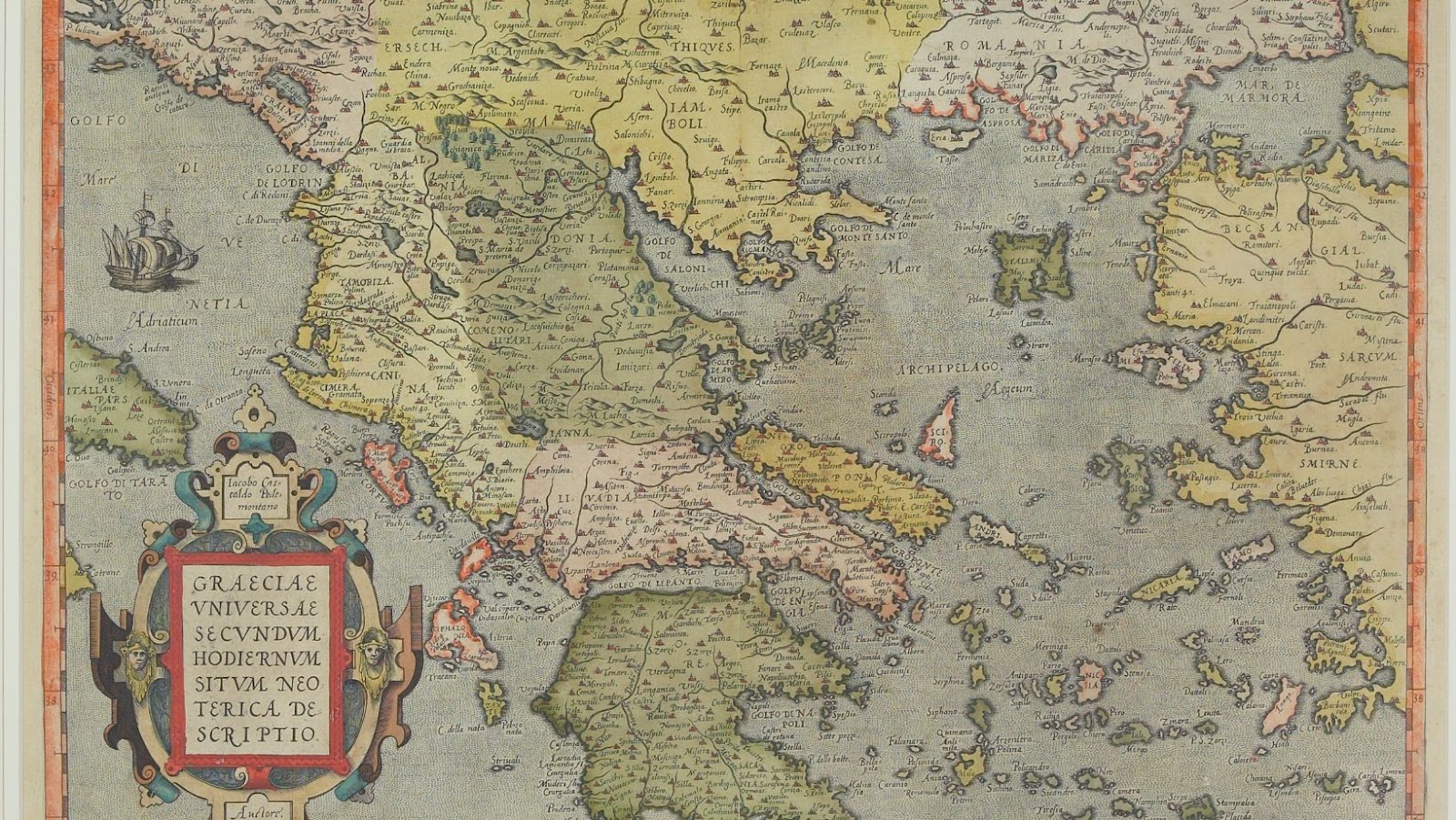Map of Kosovo and Surrounding Countries
If you’re curious about the geography and proximity of Kosovo to its neighbouring countries, look no further than a detailed map of Kosovo and surrounding countries. This comprehensive visual tool provides a clear overview of Kosovo’s location and its relationship with the countries that border it. By examining this map, you can gain valuable insights into the geographical context and understand how Kosovo fits into the broader regional landscape.
A map of Kosovo and surrounding countries is essential for comprehending the geopolitical dynamics at play in this region. It allows us to see that Kosovo is located in the heart of southeastern Europe, bordered by Albania to the west, North Macedonia to the south, Serbia to the north and east, and Montenegro to the northwest. With this visual representation, we can better appreciate how these nations interact with one another and how their borders shape political relationships, historical connections, and cultural influences.
By studying a map of Kosovo and its neighbouring countries, we can also explore important transportation routes connecting these nations. Understanding these routes is vital for international trade, travel planning, or for those interested in exploring different parts of this diverse region. Whether you’re a student conducting research or simply an enthusiast seeking knowledge about this corner of Europe, a map showcasing Kosovo’s position among its neighbours is an invaluable resource.
So why not take some time to examine a detailed map of Kosovo and surrounding countries? It will undoubtedly enhance your understanding of this fascinating region’s geography while providing valuable insights into its relationships with neighbouring nations.
Kosovo: An Overview
Kosovo, a landlocked country located in the Balkans, is nestled between several neighbouring countries. As we explore the map of Kosovo and its surrounding countries, let’s delve into an overview of this fascinating nation.
- Geographical Location: Situated in Southeastern Europe, Kosovo shares borders with Serbia to the north and east, North Macedonia to the southeast, Albania to the southwest, and Montenegro to the northwest. Its central location makes it a crossroads between different cultures and influences.
- Size and Population: With an area of approximately 10,908 square kilometres (4,203 square miles), Kosovo is relatively small in size. However, it holds great significance both historically and politically. The population of over 1.8 million people comprises diverse ethnic groups including Albanians, Serbs, Bosniaks, Turks, Roma communities, and others.
- Capital City: Pristina serves as the capital city of Kosovo. It’s a vibrant hub that blends traditional charm with modern development. The city boasts notable landmarks such as the Newborn monument symbolising independence and Skanderbeg Square showcasing cultural heritage.
- Historical Significance: Rich in history dating back centuries, Kosovo has been at the crossroads of various civilizations throughout time. It witnessed significant events like the Battle of Kosovo in 1389 that shaped regional dynamics.
- Cultural Heritage: The cultural fabric of Kosovo is woven with diverse traditions from different ethnic groups residing within its borders. From folk music and dance to traditional crafts like rug weaving and woodcarving, each community contributes to its unique cultural tapestry.
- Natural Beauty: Beyond its historical significance and cultural heritage lies a breathtaking natural landscape waiting to be explored by visitors. From majestic mountains like Sharri National Park to picturesque lakes such as Gazivoda Lake or Mirusha Waterfalls – nature enthusiasts will find plenty to admire.
- Economic Development: Kosovo’s economy has undergone significant transformation since its independence in 2008. While agriculture and mining remain important sectors, the country is also focusing on developing industries such as information technology, tourism, and renewable energy.
As we examine the map of Kosovo and its neighbouring countries, it becomes evident that this small nation holds immense historical, cultural, and natural treasures. From its diverse population to its vibrant capital city, Kosovo offers a unique perspective into the Balkan region.


